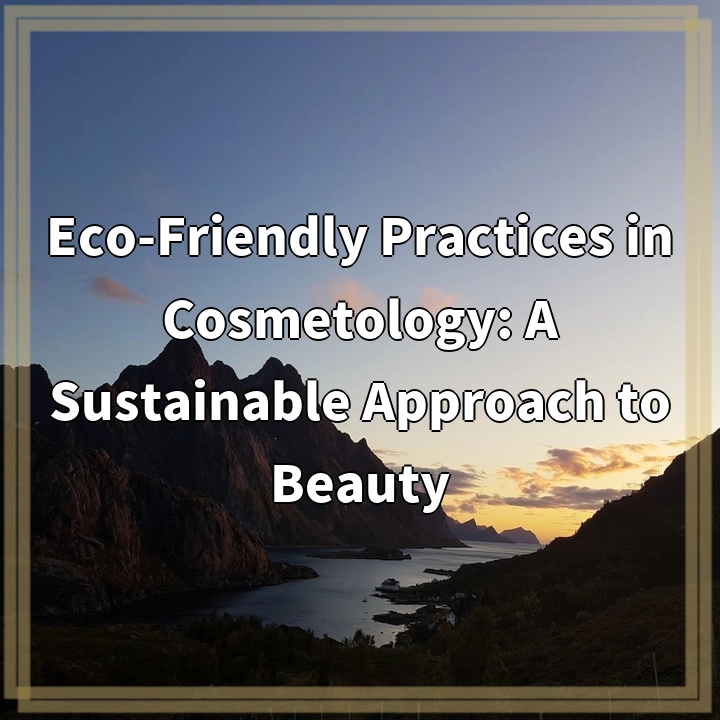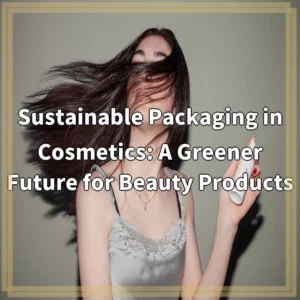
What are Eco-Friendly Practices in Cosmetology?
Eco-friendly practices in cosmetology refer to the adoption of sustainable and environmentally-conscious approaches in the beauty industry. It involves minimizing the negative impact of cosmetic products and salon activities on the planet, while prioritizing the health and well-being of both clients and professionals.
Real-World Problems Associated with Traditional Cosmetology
Traditional cosmetology practices have long been associated with several environmental issues and health concerns. Some of the key problems include:
1. Water Pollution
Many conventional beauty products contain harmful chemicals and toxins that can contaminate water sources when washed off. These chemicals, such as sulfates and parabens, can find their way into rivers and oceans, harming aquatic life and disrupting delicate ecosystems.
2. Air Pollution
Solvents, aerosols, and chemicals used in beauty treatments can release volatile organic compounds (VOCs) into the air. These VOCs contribute to indoor and outdoor air pollution, posing health risks to salon workers and clients alike.
3. Waste Generation
The beauty industry generates a significant amount of waste, including plastic packaging, single-use items, and leftover products. Improper disposal of these waste materials can contribute to landfill problems and ocean pollution.
4. Animal Testing
Many cosmetic products are still tested on animals, causing unnecessary harm and suffering. This practice goes against the principles of ethical and sustainable beauty.
5. Health Concerns
Certain ingredients commonly found in cosmetics, such as phthalates and formaldehyde, have been linked to various health issues like allergies, hormonal disruptions, and even cancer. Traditional cosmetology practices can potentially harm the health of both beauty professionals and consumers.
By recognizing these real-world problems and embracing eco-friendly practices, the cosmetology industry can make strides toward a more sustainable and responsible approach to beauty.

Solutions to Eco-Friendly Practices in Cosmetology
Addressing the environmental and health problems associated with traditional cosmetology requires a shift towards sustainable practices. Here are some solutions:
1. Use of Organic and Natural Ingredients
Choosing cosmetic products that are made with organic and natural ingredients helps reduce the use of harmful chemicals and supports a healthier planet and healthier skin.
2. Proper Disposal and Recycling
Cosmetic waste should be disposed of responsibly, with a focus on recycling and reducing single-use items. Salon owners can implement recycling programs and encourage clients to bring back empty containers for refills or recycling.
3. Water Conservation
Implementing water-saving techniques, such as using low-flow faucets and encouraging clients to opt for dry shampoos or waterless treatments whenever possible, can help minimize water usage in salons.
4. Sustainable Packaging
Brands can adopt eco-friendly packaging alternatives, such as biodegradable or recyclable materials, to reduce their contribution to plastic waste. Consumers can also choose products with minimal or sustainable packaging.
5. Cruelty-Free and Vegan Products
Supporting brands that are committed to cruelty-free and vegan practices helps end animal testing and promotes ethical production in the beauty industry.
6. Education and Awareness
Providing education and awareness to both professionals and consumers about the importance of eco-friendly practices in cosmetology can drive change and encourage conscious choices.
By implementing these solutions, the beauty industry can take significant steps towards a more sustainable and responsible approach to beauty, protecting the environment and promoting the well-being of all.















